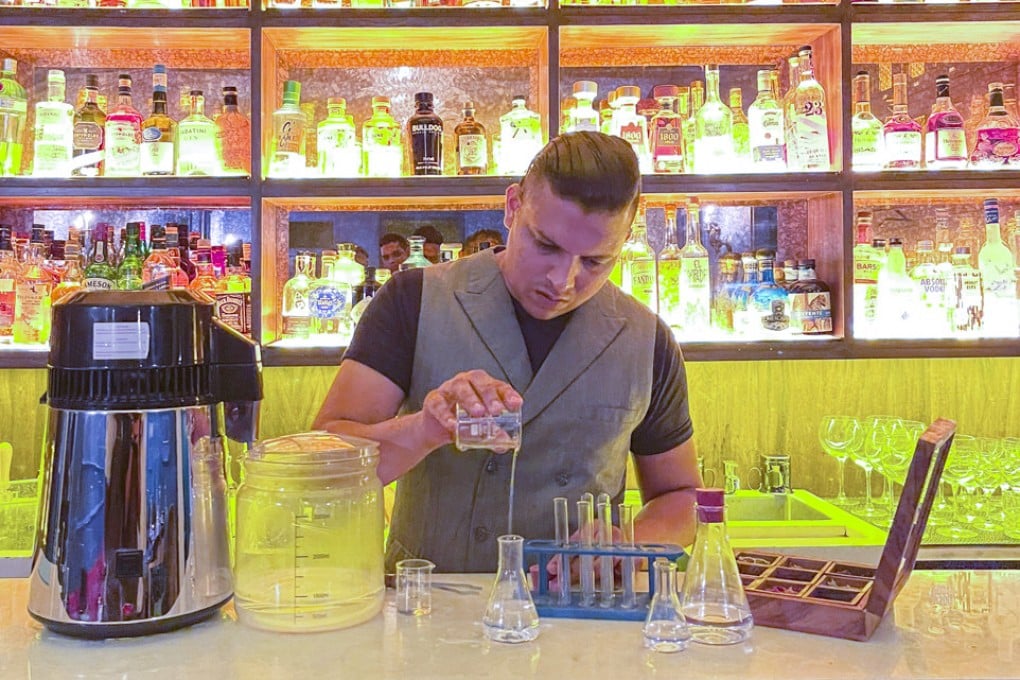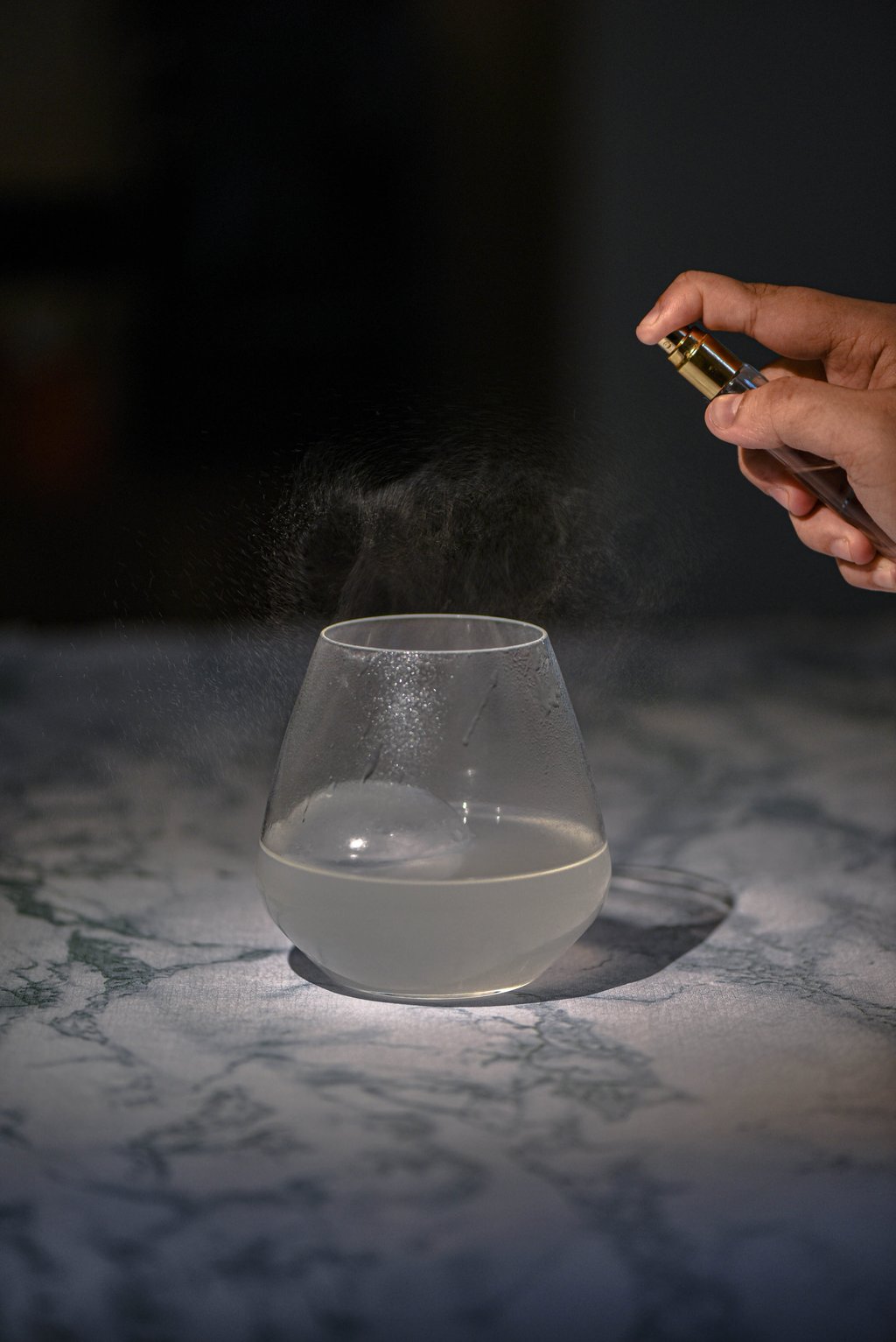Hydrosols, fat washing, ‘rotovaps’: mixologists raid chemistry lab for flasks, evaporators and vacuum pumps to make cocktails at leading bars in India
- Using science-based techniques already adopted by some chefs, bartenders in upscale establishments in India are rewriting their cocktail lists
- From fat washing – infusing things like cheese in alcohol – to rotary evaporators, distillates and lactic fermentation, there’s no end to their inventiveness

It’s 6pm on a Friday and the bar at Home in New Delhi’s affluent Vasant Kunj district has already come alive with rotary evaporators, conical flasks, stirring rods, vacuum pumps, chillers and test tubes looking ripe for experiments.
The set-up seems right out of a chemistry lab, and head mixologist Santanu Chanda plays the role of chemist, working busily on a pink guava and hibiscus distillate.
The skin, leaf and fruit of pink guava is combined with hibiscus flower in the bulb of the rotary evaporator (or “rotovap”, as it is commonly referred to) along with vodka.
The temperature is set at 60 degrees Celsius (140 degrees Fahrenheit) and it spins at 100rpm (revolutions per minute). In under 45 minutes, the machine produces a crystal-clear liquid flavoured with sweet notes of guava and hibiscus.

The machine was imported from China about a year ago and has been an intriguing addition to Chanda’s workspace ever since.
“The idea was to bring innovation to Indian bars and introduce them to some of the modern techniques in mixology across the world,” says Chanda. “The machine is an excellent way to preserve the fresh, delicate flavours that would otherwise be lost if the ingredients were dried.”
